Never mind the Avengers: when it comes to assembling, Downton Abbey wins. Scheduled for September of this year, Downton Abbey the movie features very nearly the full line-up – Matthew Goode, aka Henry Talbot, can only drop in – along with intriguing additions including Imelda Staunton, Tuppence Middleton and Stephen Campbell Moore. Creator Julian Fellowes was moved to compare it to ‘the first day back at school’, so we can be confident all will be well in the graduation from small screen to big.
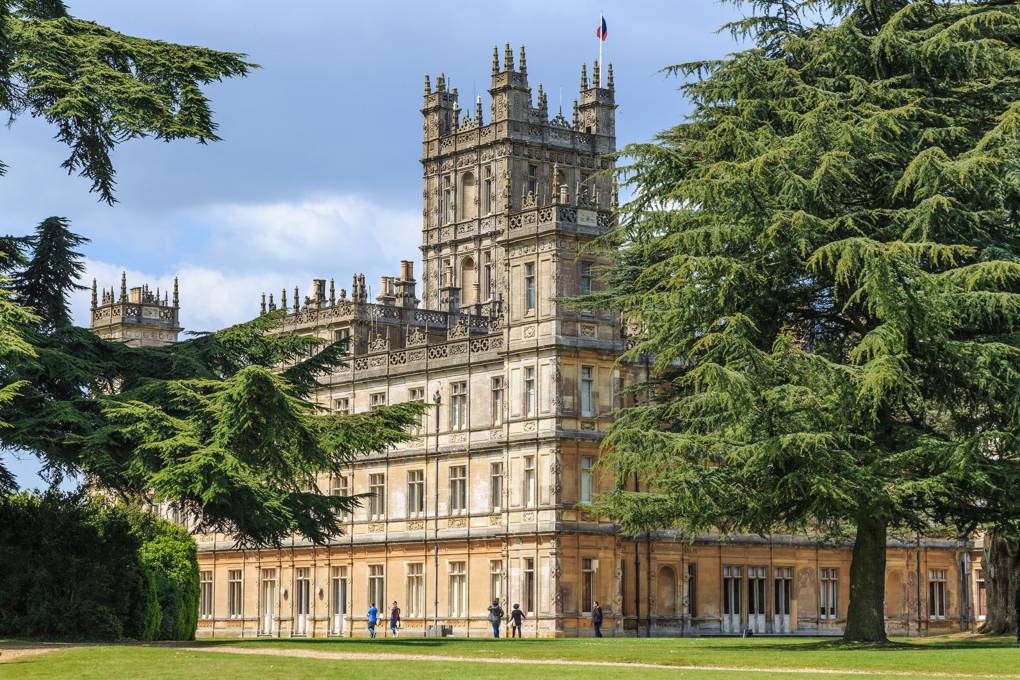
The quintessential drama took full advantage of England’s numerable sprawling estates and period architecture.
Along with its now-all-star cast, of course, we can also expect an array of England’s stateliest homes, best-kept villages and most rolling hills. Naturally, filming last autumn focused on Downton Abbey’s home for its 2010-15 run, Highclere Castle in Hampshire (pictured below). Originally listed in the Doomsday Book, this pre-medieval pile was remodelled in Bath stone and Jacobethan style in the 1840s by Sir Charles Barry, architect of the Houses of Parliament. Home to Fellowes’ pal the Earl of Carnarvon, who claims the boost from Downton has been responsible for its survival, it’s home to a rich collection of Egyptian artefacts inherited from the 5th Earl, sponsor of Howard Carter’s discovery of the tomb of Tutankhamun. We’re intimately familiar with the shelf-lined library, the Dining Room with Van Dyck’s famous painting of Charles I and perhaps most of all the gothic Saloon: the Great Hall at Downton, but also the location of a masked orgy in Stanley Kubrick’s 1999 film Eyes Wide Shut.
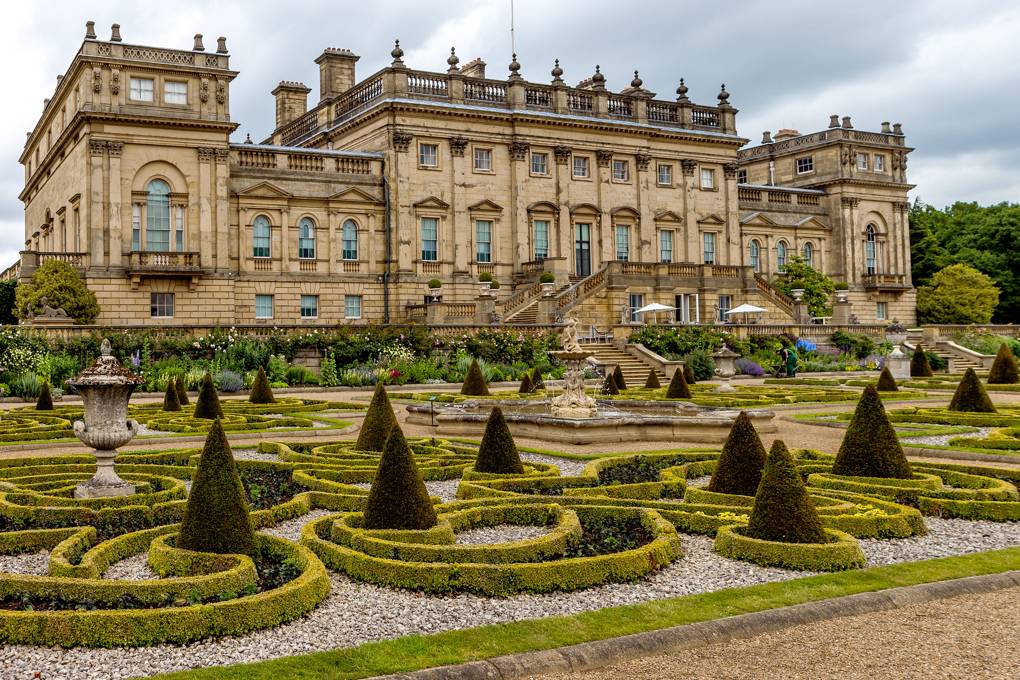
The production also found themselves closer to Downton’s fictional location in Yorkshire. Pickering rail station on the North Yorkshire Moors stood in for London’s King’s Cross, while Harewood House (pictured above), an 18th-century Palladian country house near Leeds, was used for a party scene. Further north, they visited County Durham and the Beamish Museum, used in the television finale as the HQ of Henry Talbot’s car business.
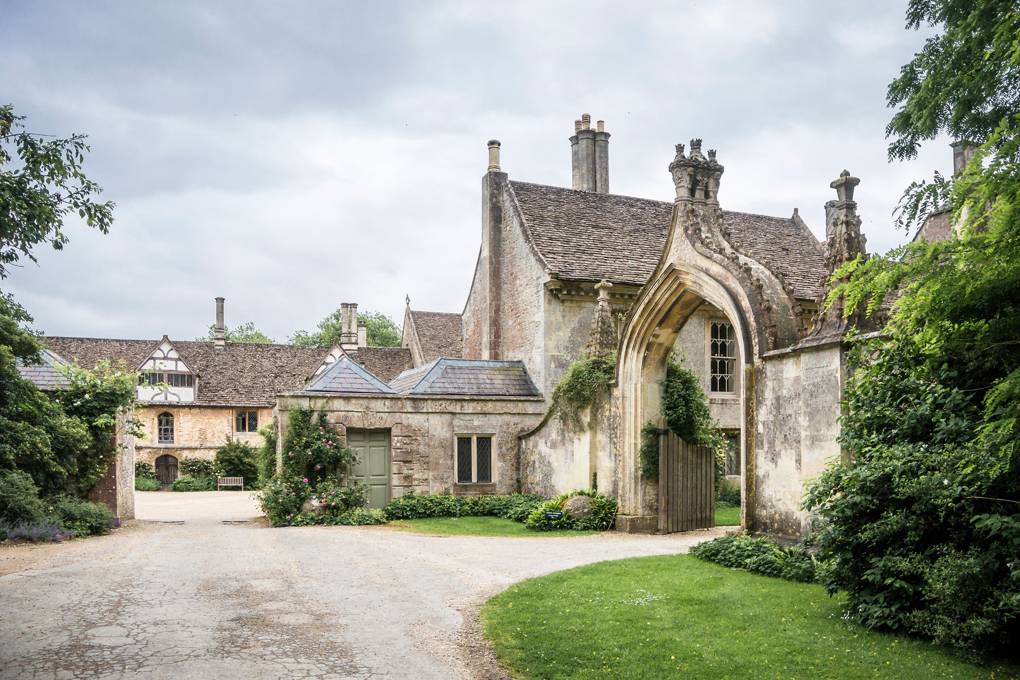
They also returned to the Wiltshire village of Lacock (pictured above), which reprised its appearance as a livestock market in Season 6, and staged a celebration with horses from the Royal Artillery.
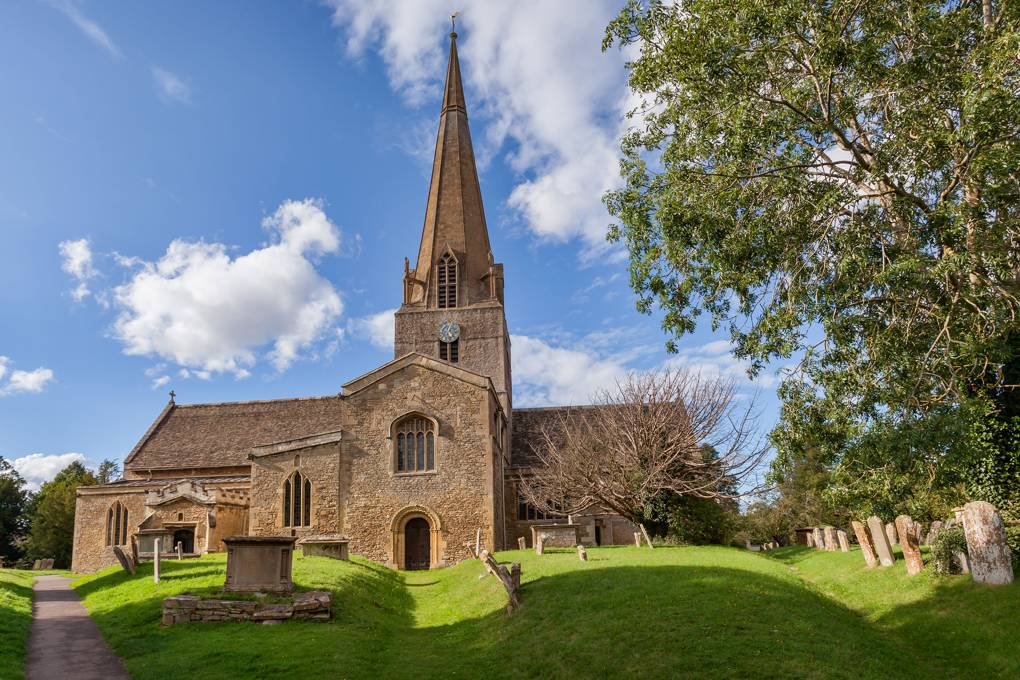
Another centrepiece used was Bampton, the Oxfordshire hamlet that stands in for the village of Downton. As before, the former Grammar School, now a library, was converted into the Cottage Hospital and the Post Office (in fact a private home) was resurrected. Doubtless we’ll also see St Mary’s Church (pictured above), renamed St Michael and All Angels, where Mary Crawley (Michelle Dockery) married and Edith Crawley (Laura Carmichael) famously didn’t, and Churchgate House, the first home of Isobel Crawley (Penelope Wilton). The TV production stayed close for other village scenes: Shilton, to the north-west, is where Mr Bates (Brendan Coyle) took over the Red Lion pub (really The Old Forge), while The Swan in Swinbrook, just a couple of miles further on, saw Sybil (Jessica Brown Findlay) and chauffeur Branson (Allan Leech) plotting their elopement.
Other venues we can expect to see include Basildon Park in Reading, used as the interior of Grantham House, the family’s London residence (the exterior is Bridgewater House on Cleveland Row, Westminster). This 18th-century house, saved from ruin in the 1950s, is just as grand as it appears on screen, even if the rooms are often repurposed, as with the dining room’s deployment as a ballroom. Smaller but just as lovely is Byfleet Manor in Surrey, which plays the home of the Dowager Violet (Dame Maggie Smith). Once frequented by royalty from the Black Prince to Henry VIII, it now serves afternoon tea (in the Downton Room or garden) and offers overnight accommodation in its West Wing. Also in the London outskirts is West Wycombe House, home of 18th-century libertine Sir Francis Dashwood, used as the home of Lady Rosamund (Samantha Bond). Notable for its spectacular colonnade, it has featured in 2008 film The Duchess and TV series Cranford, as well as Julian Fellowes’ Downton follow-up, Doctor Thorne.
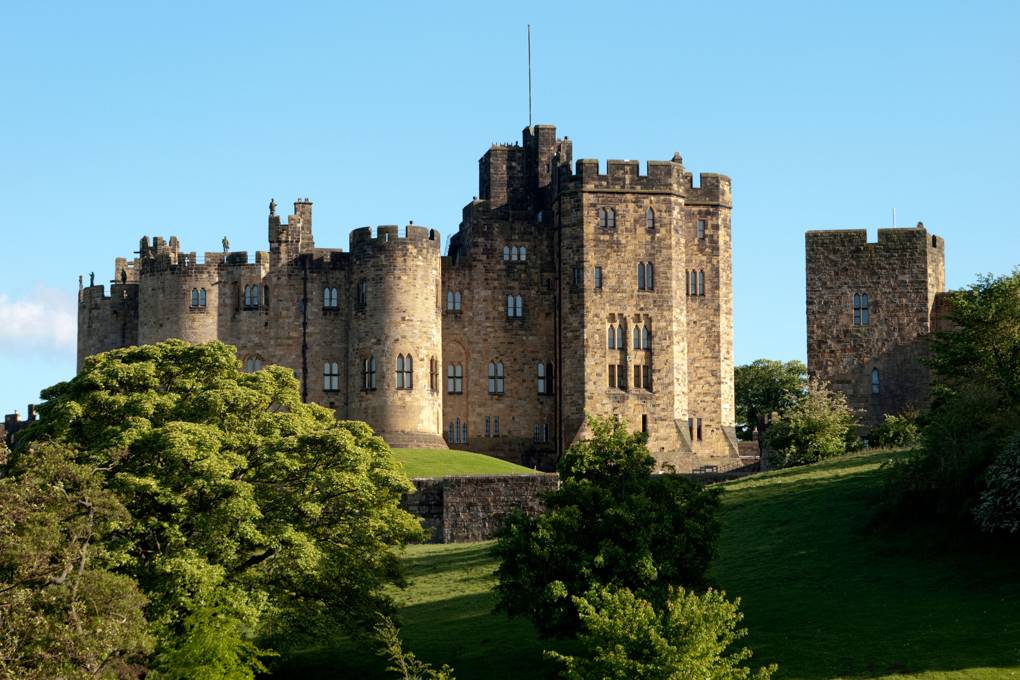
The series-long career meant it was able to take in other one-off locations. These included Alnwick Castle in Northumberland, renamed Brancaster Castle as the venue for the family shooting party. Filming for the two Christmas specials here in 2014 and 2015 made the most of the State Rooms and grounds, as well as nearby Hulne Abbey. Another memorable trip was taken to Inverary Castle in western Scotland, billed as Duneagle Castle, home to Rose MacClare (Lily James). Mary and Matthew’s visit gave us all a chance to enjoy the splendour of its 18th-century neo-Gothic towers.
In the end, though, it’s all about Downton Abbey itself. It turns out that the very last scene filmed at Highclere Castle for the film was in the same spot – the kitchen courtyard – as the first shoot for the first episode of the series. As a tweet by the film’s historical adviser Alastair Bruce put it, #whatajourney.

